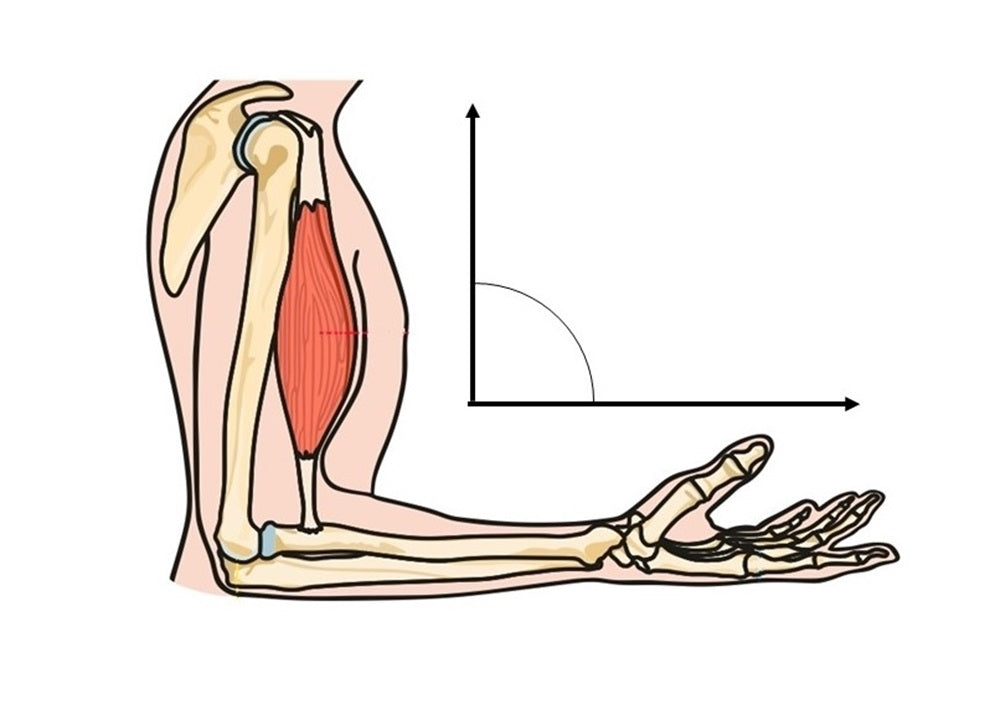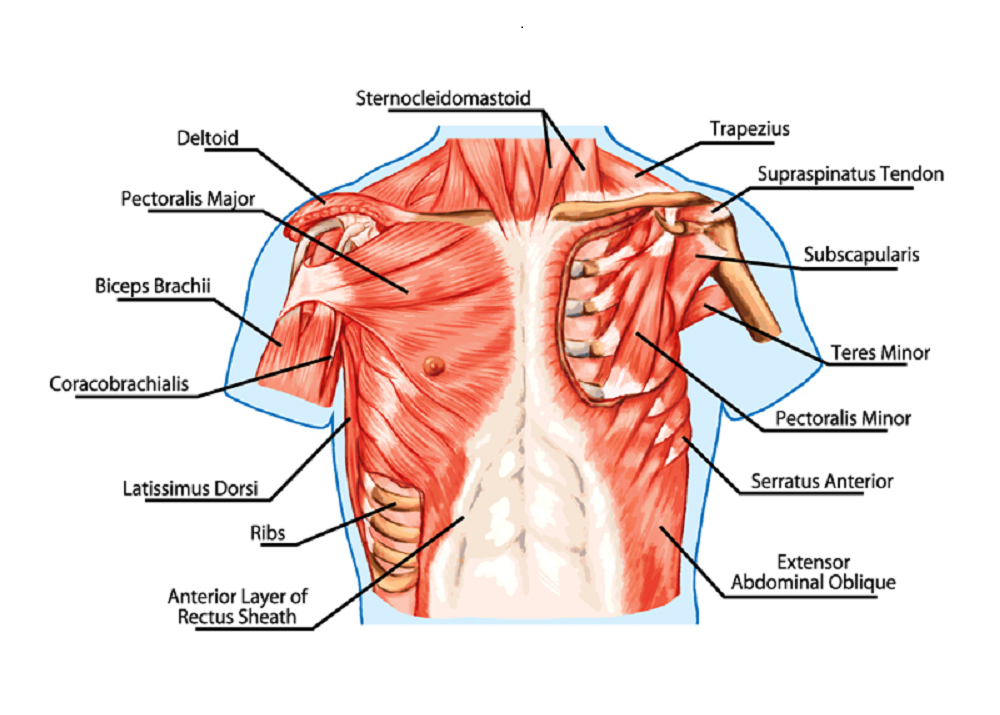Introduction:
The relationship between weight training and flexibility has long been a topic of discussion in the fitness world. Traditionally seen as separate realms, these two components of fitness are increasingly recognized for their synergistic benefits. In this blog post, we explore the dynamic interplay between weight training and flexibility, shedding light on how incorporating both can elevate your overall fitness journey.
Understanding Weight Training:
-
Building Strength and Muscle: Weight training is renowned for its ability to build strength and muscle mass. Engaging in resistance exercises with weights or resistance bands places stress on muscles, prompting them to adapt and grow stronger over time.
-
Metabolic Boost: Weight training contributes to an increased metabolic rate, aiding in fat loss and weight management. The calories burned during and after a weight training session contribute to overall energy expenditure.
The Role of Flexibility:
-
Enhanced Range of Motion: Flexibility, on the other hand, focuses on the range of motion around joints and muscles. Improved flexibility allows for a fuller range of motion during exercises, optimizing muscle engagement and reducing the risk of injury.
-
Joint Health: Flexibility exercises promote joint health by reducing stiffness and enhancing the lubrication of joint structures. This is particularly crucial in preventing injuries associated with weight training, where joints undergo stress during resistance exercises.
Synergies Between Weight Training and Flexibility:
-
Preventing Injuries: Incorporating flexibility training into a weightlifting routine helps prevent injuries. Enhanced flexibility ensures that muscles and joints move freely, reducing the strain that can lead to overuse injuries.
-
Optimizing Form and Technique: Improved flexibility aids in achieving proper form and technique during weightlifting exercises. This not only maximizes the effectiveness of each movement but also reduces the risk of muscle imbalances and joint strain.
-
Balancing Strength and Flexibility: Striking a balance between strength and flexibility is key to a well-rounded fitness routine. While weight training builds strength, flexibility training counters muscle tightness, fostering a harmonious relationship within the musculoskeletal system.
Incorporating Both into Your Routine:
-
Dynamic Warm-ups: Begin your weight training sessions with dynamic warm-ups that include flexibility exercises. This prepares your muscles and joints for the upcoming resistance exercises, promoting better performance.
-
Post-Workout Stretching: Dedicate time to stretching at the end of your weight training sessions. This helps alleviate muscle tightness, enhance flexibility, and promote recovery.
-
Balanced Training Days: Designate specific days for focused weight training and flexibility workouts. This ensures that each component receives adequate attention, promoting holistic fitness development.
Conclusion:
The marriage of weight training and flexibility unlocks a realm of comprehensive fitness benefits. By embracing both components, individuals can achieve not only muscular strength and definition but also a body that moves with grace and resilience. Whether you're a seasoned weight lifter or a flexibility enthusiast, integrating these elements into your routine can pave the way for a more balanced and sustainable fitness journey.



